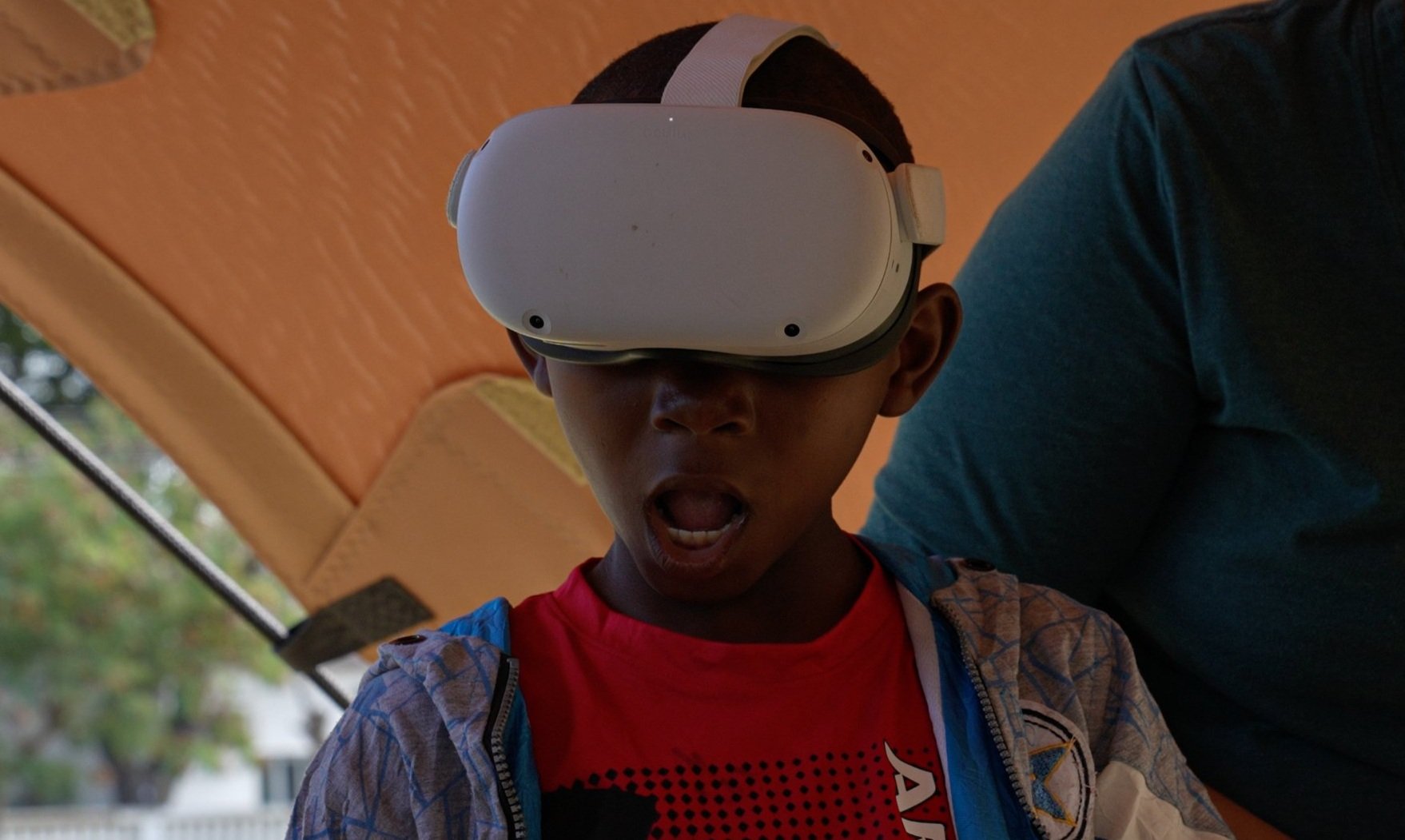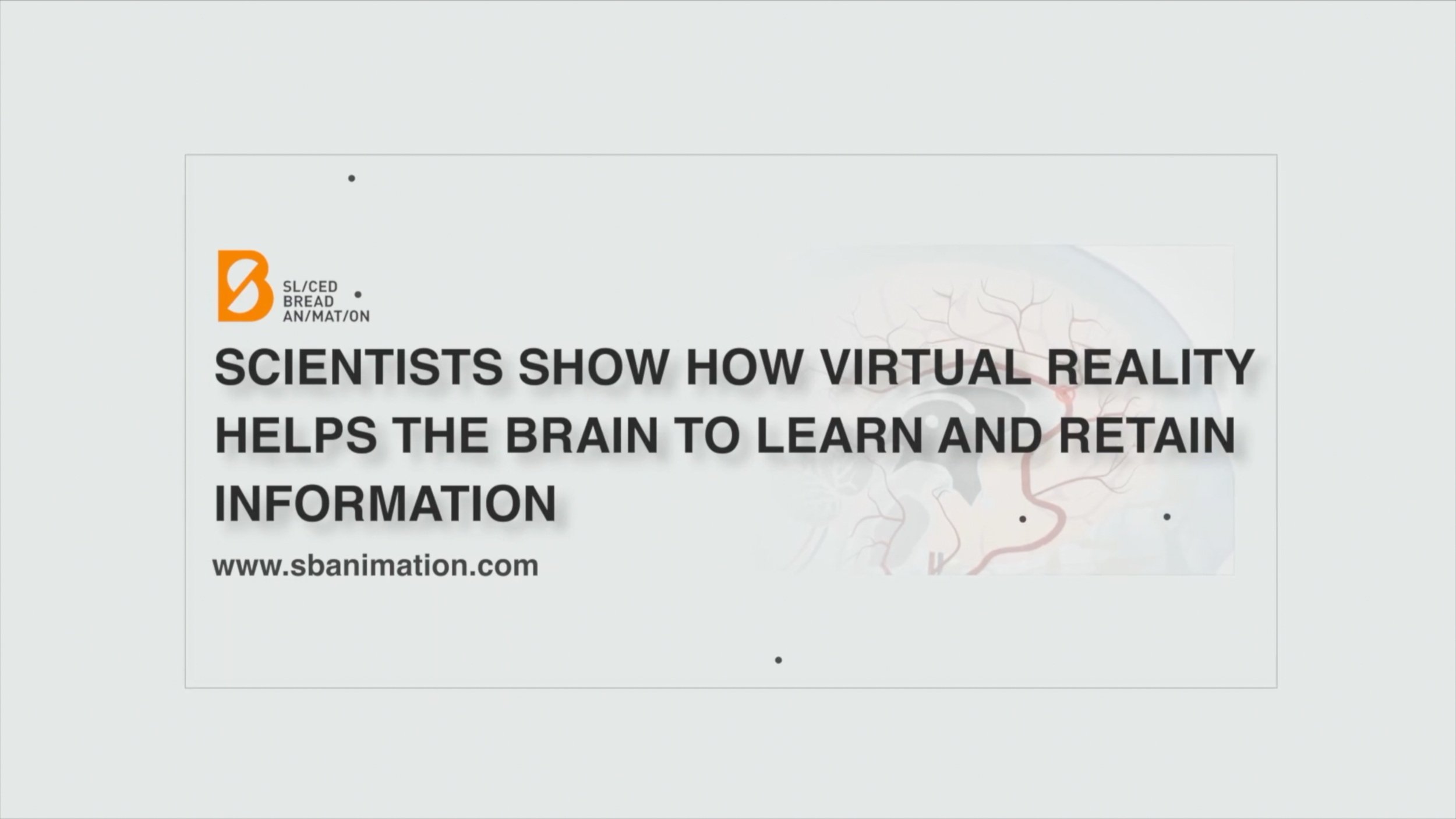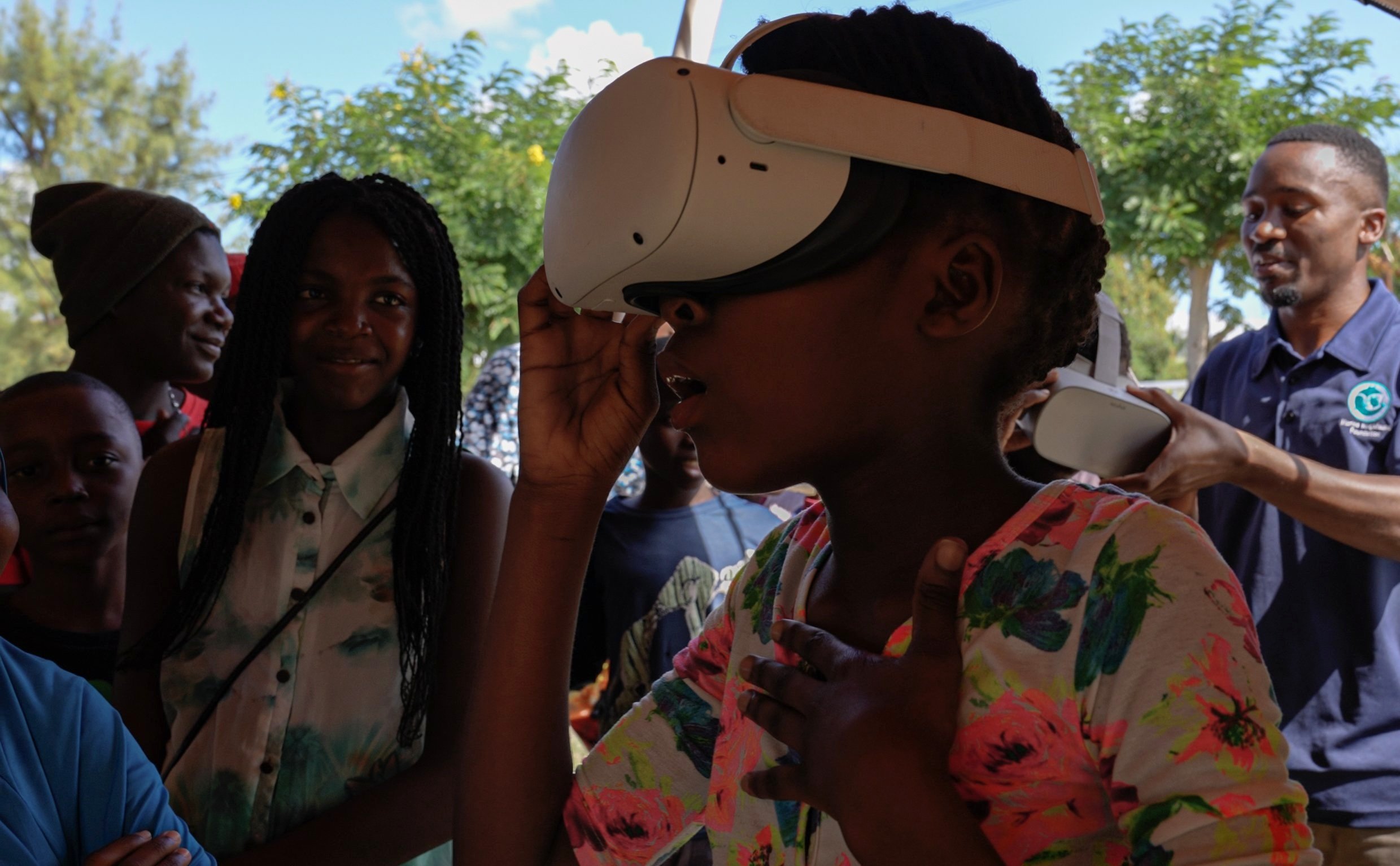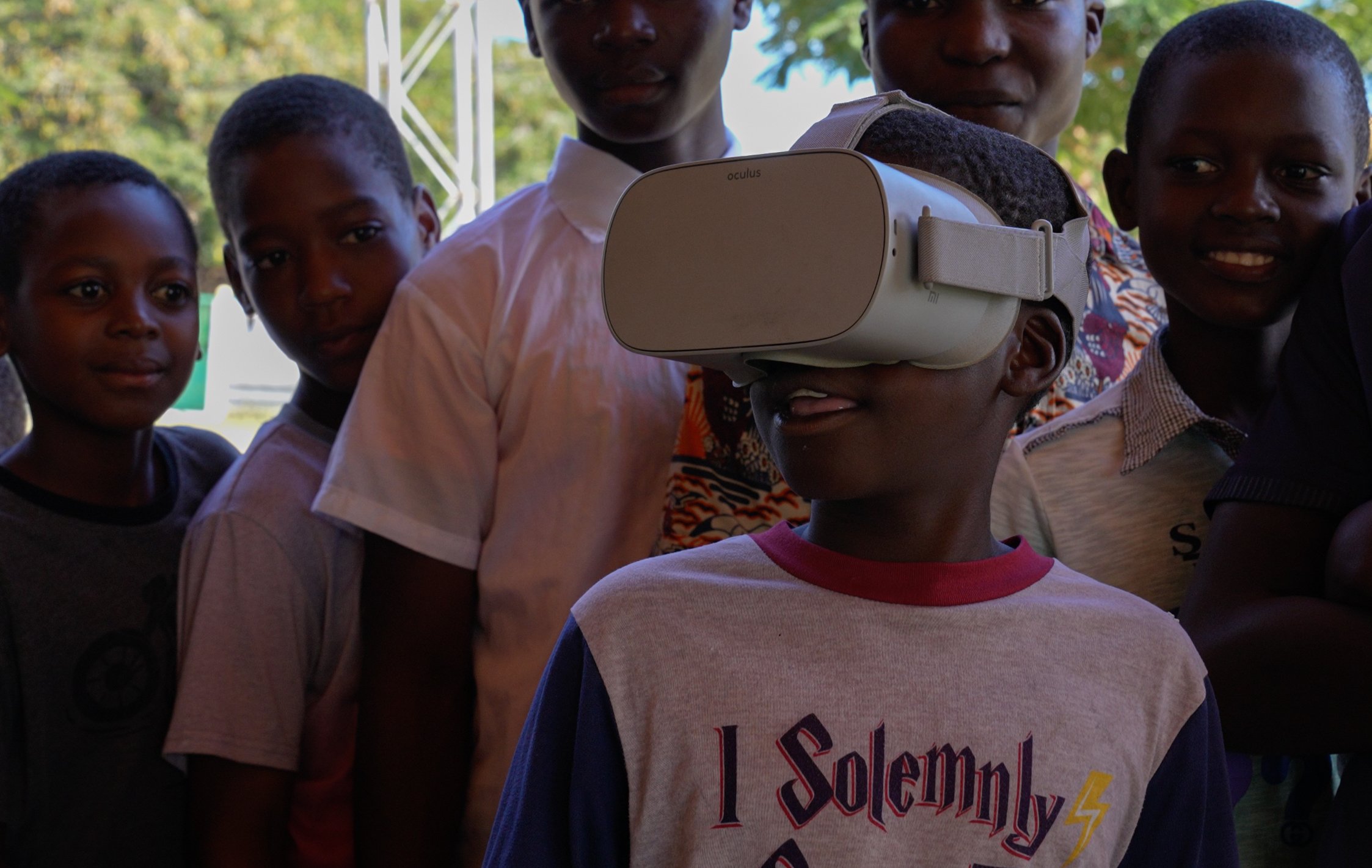Virtual Reality (VR) surpasses the limitations of aquariums and captivity by offering an immersive, authentic, and ethical educational experience. Its ability to provide access to inaccessible marine environments, foster empathy, enhance learning, and promote conservation efforts positions VR as a superior tool for marine life education. By embracing Virtual Reality, we can inspire individuals of all ages to appreciate, protect, and preserve marine ecosystems for generations to come.
Authentic - Accessible - Educational - Ethical - Scalable
Immersive and Authentic Exploration: Virtual Reality allows users to embark on immersive journeys into the underwater world, providing an authentic experience that replicates the sights, sounds, and sensations of marine environments. Unlike aquariums, VR enables users to explore diverse ecosystems, from coral reefs to deep-sea trenches, without constraints imposed by physical boundaries. Users can freely interact with virtual marine life, observing their natural behaviors and gaining a deeper understanding of their habitats.
Access to Inaccessible Locations: One of the significant limitations of aquariums and captivity is their inability to showcase inaccessible or endangered marine environments. Virtual Reality overcomes this limitation by granting individuals access to remote or protected areas that would otherwise be off-limits. Users can explore rare and fragile ecosystems, including pristine coral reefs and marine sanctuaries, without disturbing the delicate balance of these habitats. VR offers an unrivaled opportunity to witness marine life in their natural habitats, fostering a greater appreciation for their conservation.
Enhanced Learning and Educational Potential: Virtual Reality provides an innovative educational platform that surpasses traditional methods used in aquariums or captivity. With VR, learning becomes interactive and engaging, enabling users to dive into detailed educational modules, virtual field trips, and simulations. Users can learn about marine species, their behaviors, ecological interdependencies, and the impacts of human activities on marine ecosystems. The immersive nature of VR enhances knowledge retention and creates lasting impressions, facilitating a deeper understanding of marine life and environmental conservation.
Ethical Considerations and Animal Welfare: Captivity in aquariums raises ethical concerns regarding the well-being and natural behaviors of marine animals. Virtual Reality eliminates the need for animal captivity while still offering comprehensive educational experiences. By promoting VR as an alternative, we can prioritize animal welfare, ensuring that marine life remains undisturbed in their natural habitats. VR experiences can be developed in collaboration with marine biologists and conservationists, ensuring accurate representations of marine environments without causing harm to animals.
Cost-Effective and Scalable Solution: Creating and maintaining aquariums can be financially burdensome and limited to specific locations. In contrast, VR offers a cost-effective and scalable solution for marine education. Virtual Reality experiences can be developed once and accessed by users worldwide, regardless of their physical location. This scalability promotes inclusivity and ensures that a broader audience can engage in marine education, breaking down geographical and financial barriers.








